Yes, you can needle felt raw wool but I would not recommend it. Here are four reasons why.
- Unwashed or raw wool is harder to needle felt.
- Felting unwashed wool releases dirt and VM (vegetable matter) leaving your work area a mess.
- The dirt, sand, and lanolin in unwashed wool may damage your tools.
- Unwashed wool smells like a sheep barn. Your felted piece and your work area will too.
What is raw wool?
Unwashed wool or raw wool is wool that has been sheared off a sheep but not processed. The wool contains lanolin, skin and sweat residue, and vegetable matter (VM) gathered while living outdoors. The sheared wool is called a fleece. It comes off the sheep almost like a coat. The fleece pulls apart into locks or tufts of fibers.
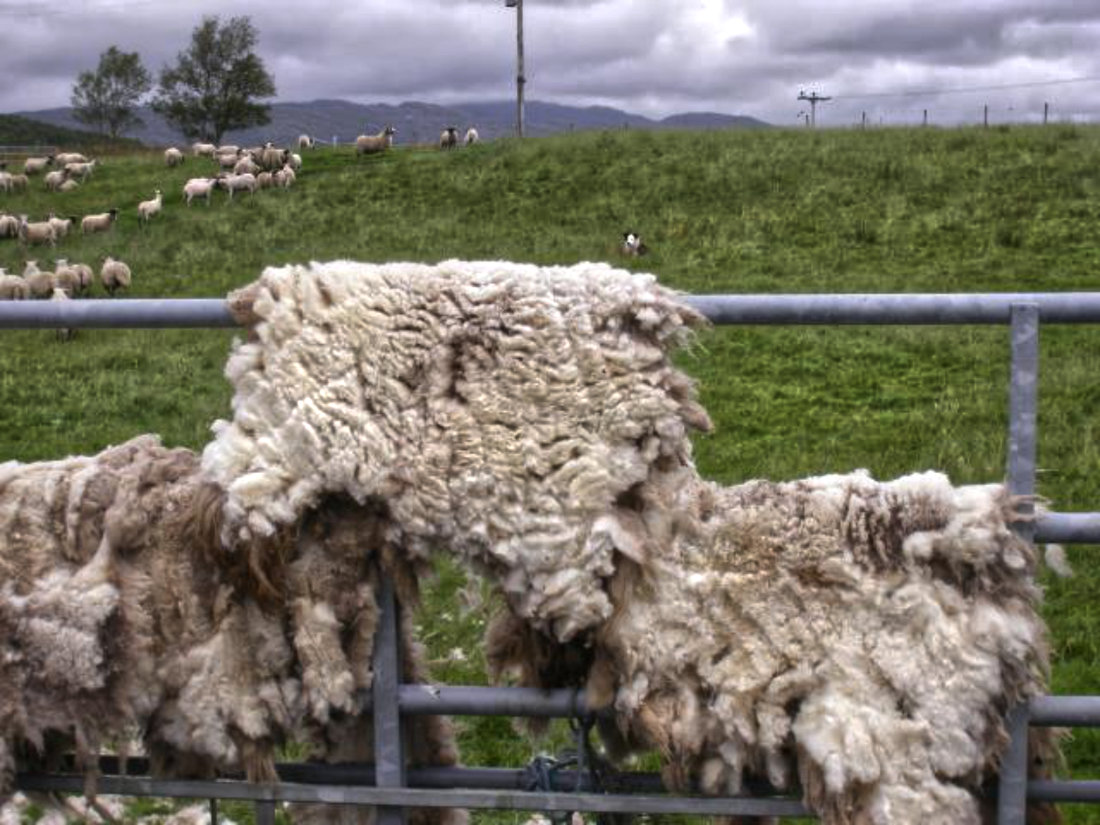
Most sheep need to be sheared at least once a year. When they are sheared varies depending on the environment. In the United States, sheep tend to be sheared in the Spring before hot weather sets in.
After shearing, the fleece may be skirted. Skirting is the process of removing the dirtiest or lower quality sections of wool. Skirting does not remove the lanolin, dirt, VM, or smell.
What is lanolin?
Lanolin is often called grease but it is actually a wax secreted by the sebaceous glands of the sheep. It helps keep the sheep dry and warm in bad weather. Lanolin coats the wool fibers so water runs off a sheep’s coat instead of soaking it. It also protects, moisturizes, and lubricates their skin.
The amount of lanolin in fleece varies by breed. Some breeds have more than others.
Why is unwashed wool harder to felt than washed wool?
The presence of lanolin, dirt, and VM makes it challenging to achieve consistent and even felting. Washing the wool and removing the VM gives you a uniform base fiber to work with. Needle felting the wool will be less frustrating and more predictable. You’ll be able to achieve an even surface versus a waxy, lumpy one with bits of VM sticking out.
Raw wool may be matted. The resulting clumps are difficult to break up or work with. Properly cleaning and preparing the wool helps separate, untangle, and align the fibers.
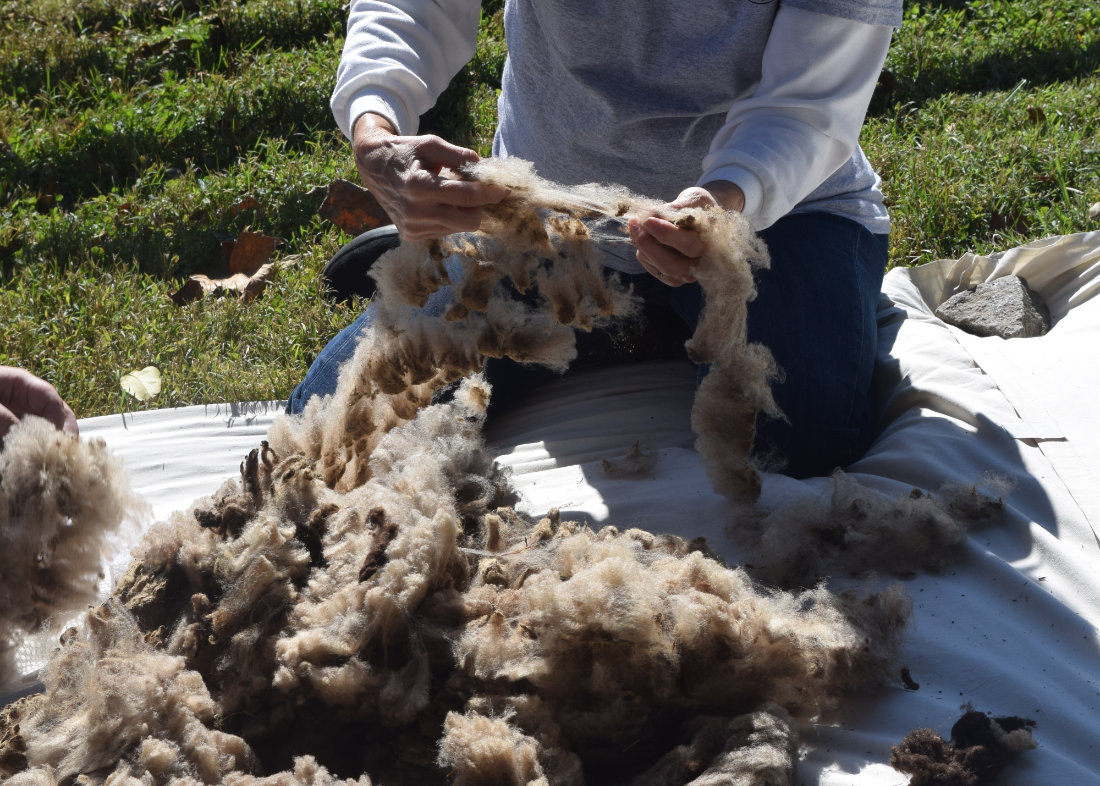
While lanolin is wonderful in skin products, on raw wool it may yellow and harden over time. This can discolor and change the texture of your felted creations. Lanolin also attracts dirt and dust making it harder to keep your piece clean.
Finally, washing wool enhances its texture and softness. The process helps the fibers relax, making the wool more pliable and pleasant to touch and work with.
Why does felting unwashed wool release dirt, sand, and VM (vegetable matter)?
Felting involves pulling apart and manually agitating wool fibers to encourage them to compact and compress. This process causes some of the dirt, sand, and small VM in unwashed wool to fall out. It ends up on your work surface, the floor, and on you!
What the wool contains depends on the environment the sheep was raised in. It has the potential to contain anything the sheep came into contact with since the last time it was sheared. Preparing the wool before using it will remove most of this. You may still need to pick out some VM. But at least you’ll know it is clean!
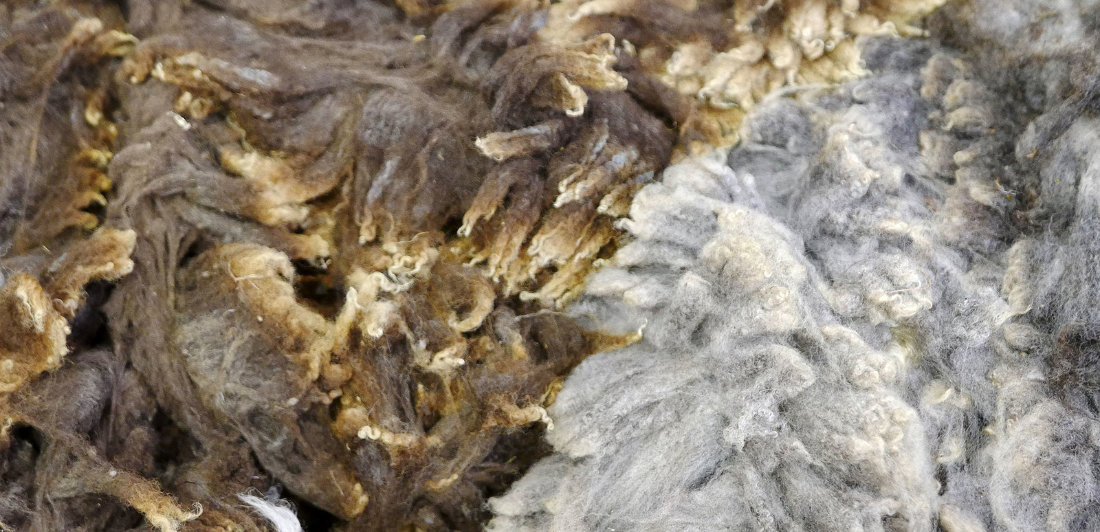
Washing also removes any potential allergens or irritants that may be present in raw wool. Using properly prepared wool is a healthier and more enjoyable experience for you and whoever might end up with your creations.
How will dirt, sand, and lanolin damage my tools?.
Dirt and sand may contain sharp particles. The particles can scratch and dull your tools. You’ll have to replace them more frequently.
Since lanolin is waxy, it can gum up your tools. It will also harden over time making it more difficult to remove.
Why does unwashed wool smell like a sheep barn?
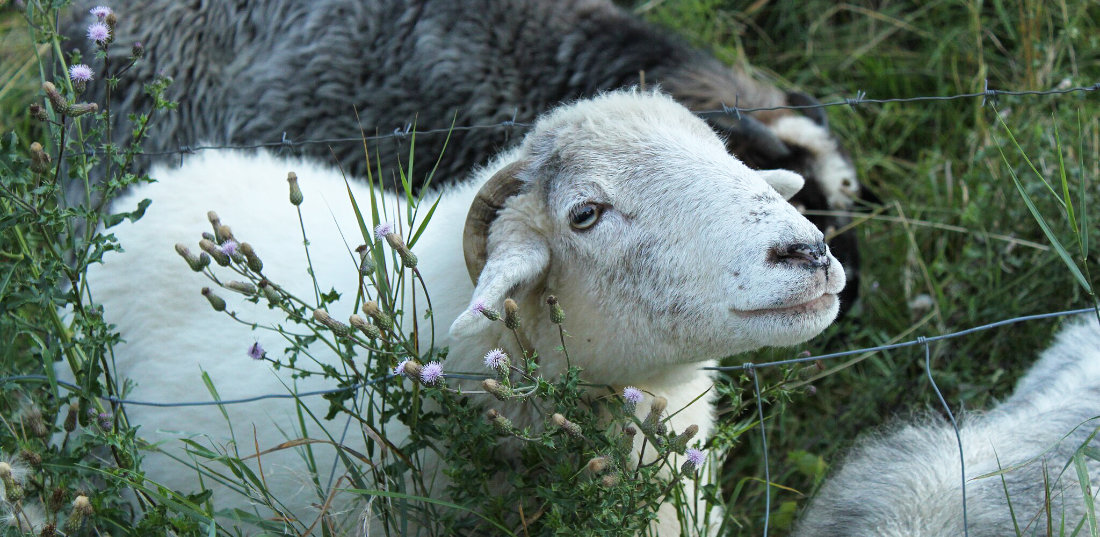
Lanolin does a lot of wonderful things for a sheep. But it also traps odors. Unwashed wool smells like the sheep and its environment.
The odor varies from fleece to fleece. Sometimes, it isn’t unpleasant. Other times, the smell can be unbearable. While you may be able to tolerate it, keep in mind that the odor will permeate your piece and your work area. Washing the wool should leave it with a clean, neutral scent.
So yes, you can felt unwashed wool. But most needle felters prefer not to. Using washed wool for felting sets the stage for you to have a pleasant and rewarding crafting experience. And best of all, it improves the quality of your final creations!
Photos used in this post were taken by the following photographers:
- Unwashed and washed wool by CSIRO, CC BY 3.0, via Wikimedia Commons. I edited the photo to place the two images side by side horizontally.
- Fleeces hanging over a fence by Mike Nass, CC BY-SA 2.0, via Wikimedia Commons. I edited the photo to enlarge it.
- Woman skirting a wool fleece by National Park Service Photo, Public domain, via Wikimedia Commons. I cropped this photo.
- Two colors of Shetland fleece at Jamieson and Smith, Wool Brokers by Julian Paren, CC BY-SA 2.0, via Wikimedia Commons. I cropped this photo.
- A sheep in Germany peeking through a fence by Antoni Miller, CC BY 4.0, via Wikimedia Commons. I cropped this photo and lightened it.


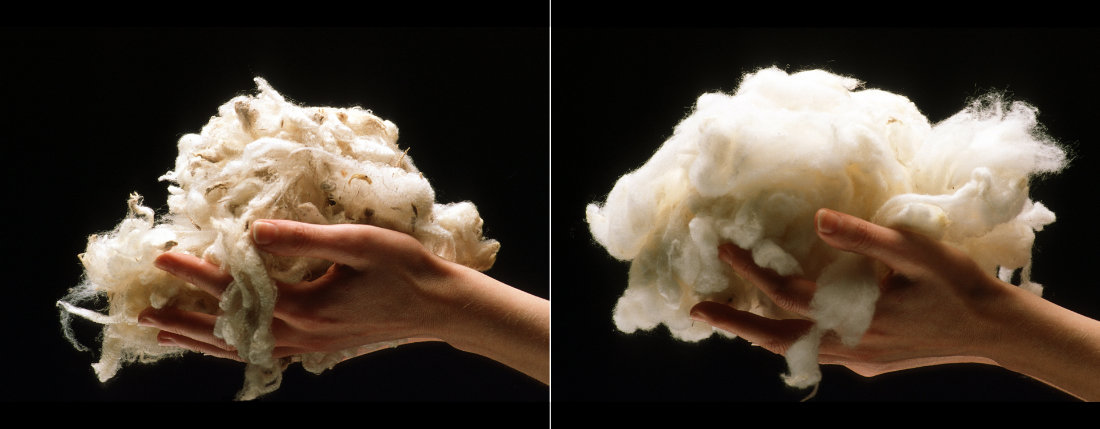


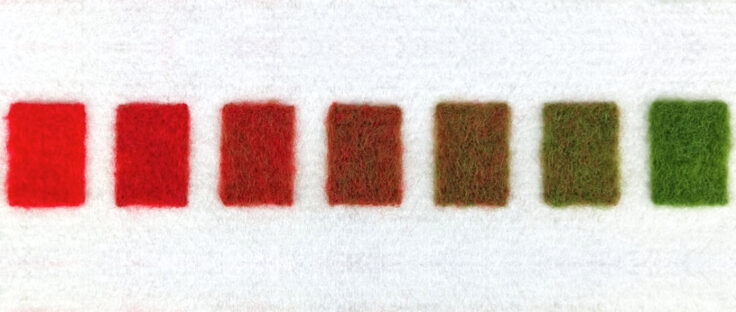 What do I hope to gain by making wool paintouts?
What do I hope to gain by making wool paintouts? 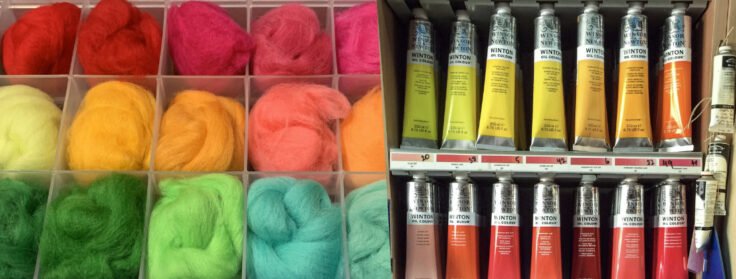 Will wool paintouts level up my use of color?
Will wool paintouts level up my use of color?  Is needle felting an expensive hobby?
Is needle felting an expensive hobby? 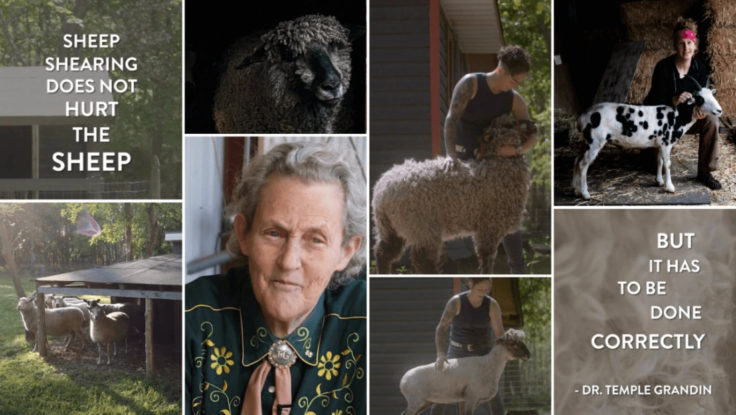 Why it’s important to shear sheep
Why it’s important to shear sheep